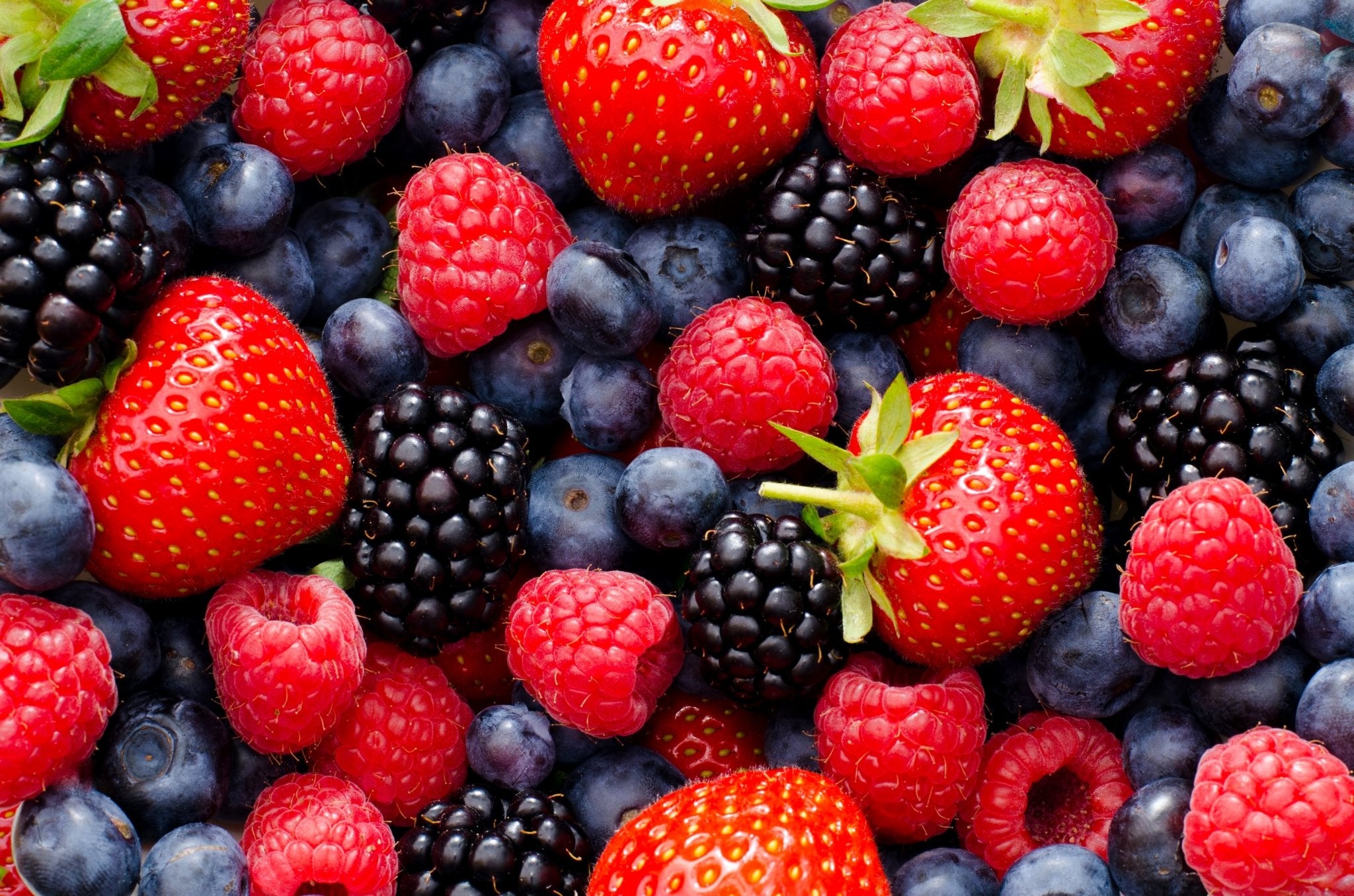
How to Make Natural Food Colouring the Easy Way
Tags:
I haven't wanted to try making natural food colouring. I'll admit, it intimidated me. I envisioned all four burners on high with water at a rolling boil and my kitchen sink lined with beet & carrot skins that never seem to all get in the compost. Meanwhile, the food processor would be screaming furiously, and my kids would want to throw raspberries in with the carrots to see what colour it would make. Then I would have seeds to strain and the colour would likely come out a shadow of what I had hoped.
With Easter fast approaching, I know we will be frost cookies and making other pastel coloured creations. I don't like the idea of my kids eating artificial foods. Plus, there is some evidence that artificial food colouring may be linked to cancer. So I mustered up the courage to try making natural food colouring.
All it took was a few google searches and I found that making natural food colouring wasn't even close to as difficult as I'd thought. There are two simple ways to do it.
1. Using a Juicer
Select coloured vegetables and juice them to get a desired colour. You can use an actual juicer, a food processor and then strain the skins & seeds, or even a garlic press for some fruits (for small amounts of natural dye).Here are vegetables and fruits that yield natural food colouring:
- Canned beets or blueberries: Pink-Purple
- Carrots: Orange
- Canned tomato paste: Red
- Spinach: Green
- Raspberries/ Strawberries: Pink
2. Powdered Ingredients
Use powdered vegetables and spices mixed with water, then mix with icing or knead it into dough to make your natural food colouring.Powders that act as natural food colouring:
- Tomato powder: Red
- Beet powder: Pink-Purple
- Tumeric: Yellow
- Kale Powder: Green
Using Natural Food Coloring:
To Color Playdough
After making cookies, we had some dye leftover. I could have frozen it, but figured we may as well put it to use right away.We Made our Favourite Playdough:
- 1 cup of boiling water
- 2 cups of all-purpose flour
- 1 tbs cream of tartar
- 2 tbs oil
- 2 tbs cream of tartar
- 1/4 cup salt
- 1/4 tsp of natural food colouring (or more if desired)
- Essential oils (optional)
In Frosting for Cakes and Cookies
We made royal icing and then combined a small amount of natural food colouring into piping bags. I recommend only adding about a 1/4 tsp at a time to make sure not to water down the icing too much. They turned out beautifully.To Make Edible Finger Paints!
All you need is plain yogurt and the natural food colours of your choice. Add liberally to get desired colour. This is a wonderful way for young kids to procure the benefits of process art while using taste-safe paint. In the end, I am glad I tried my hand at making natural food colouring. Not only is it nearly as easy as using artificial food colours, it's also so much healthier for my family!Would you like to be the first to hear about our new products and more? Sign up for our Nature’s Path Newsletter.

